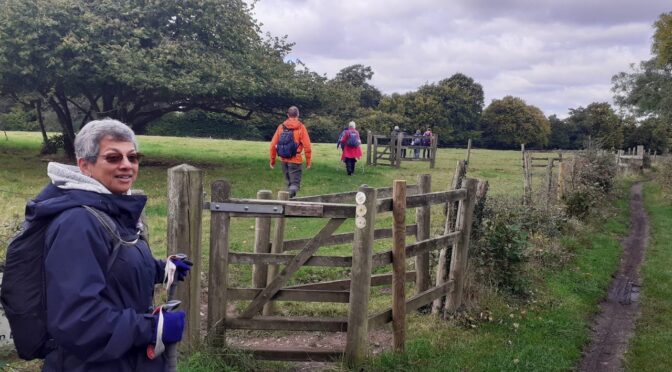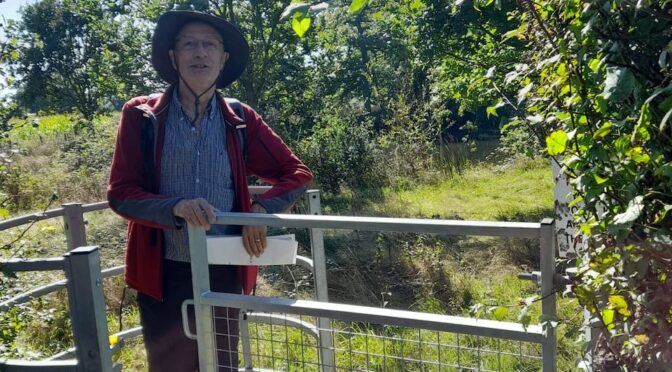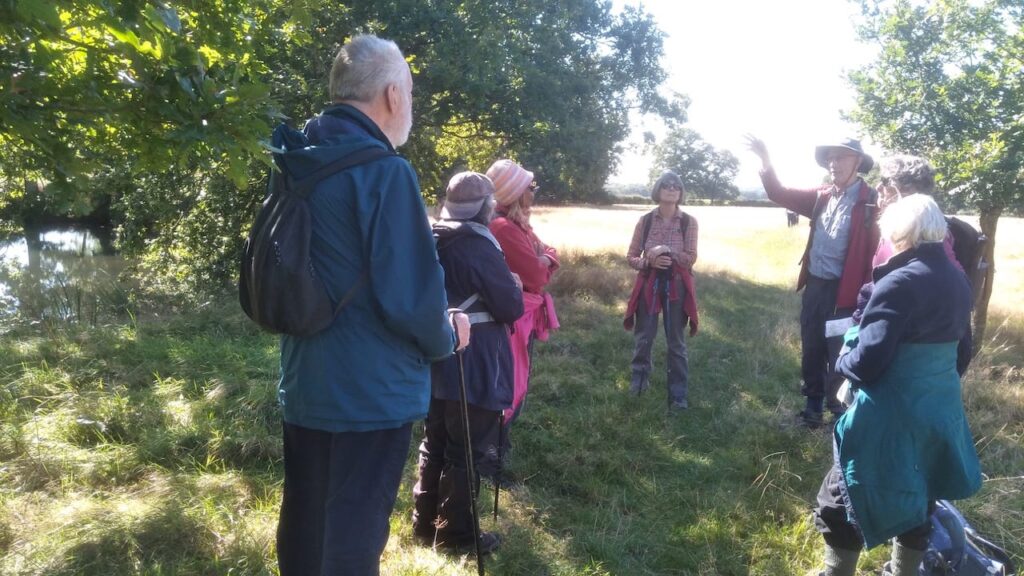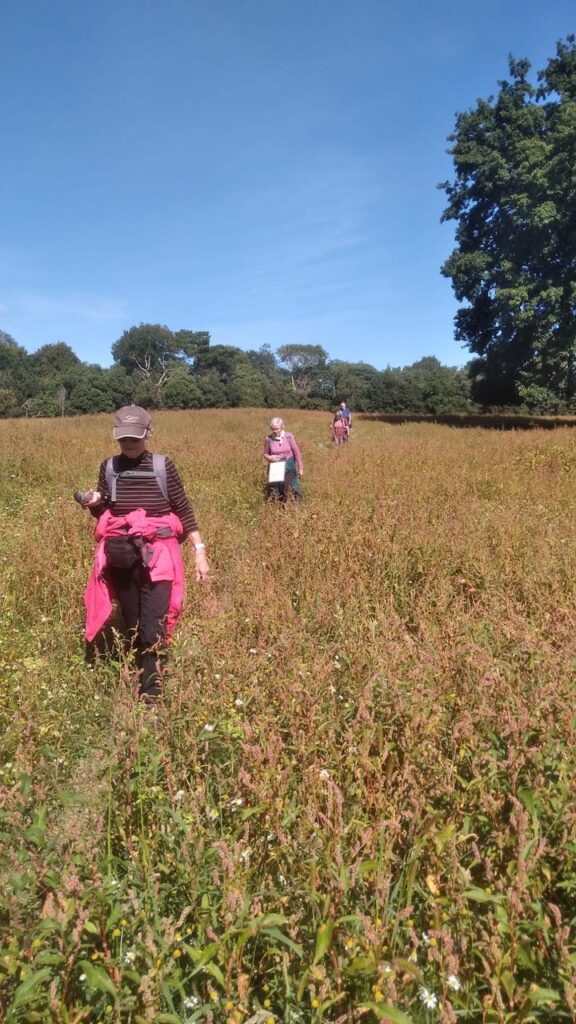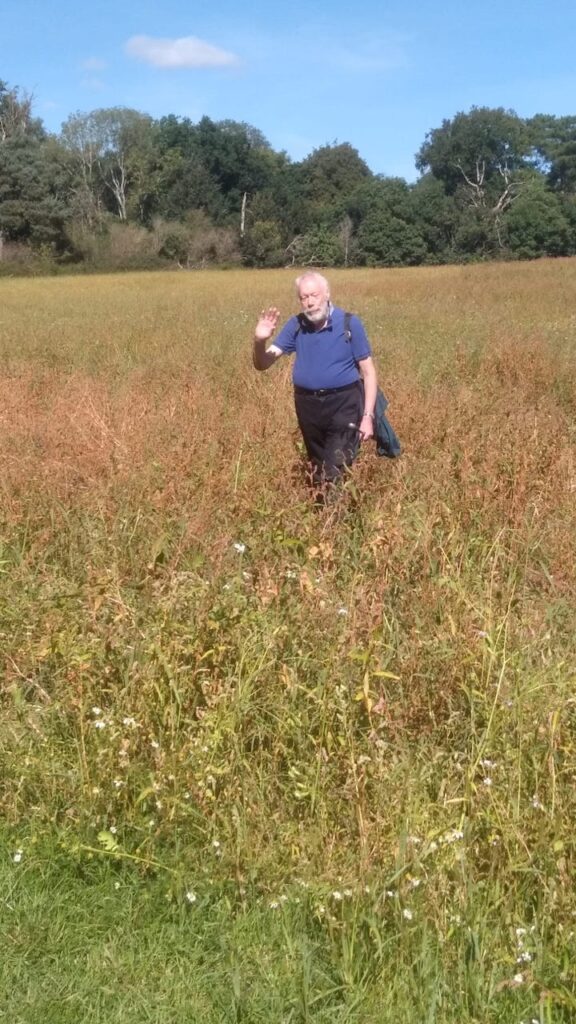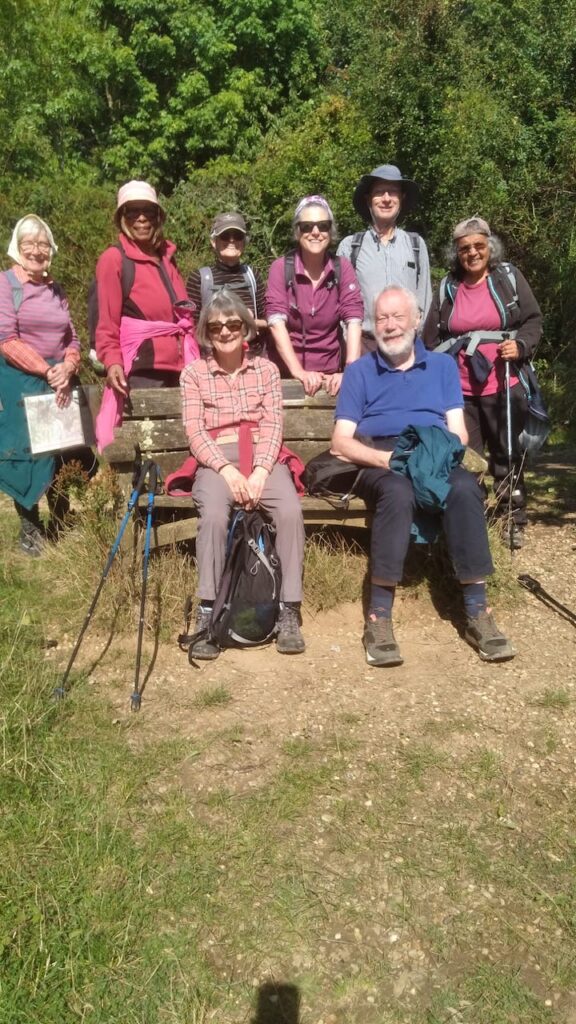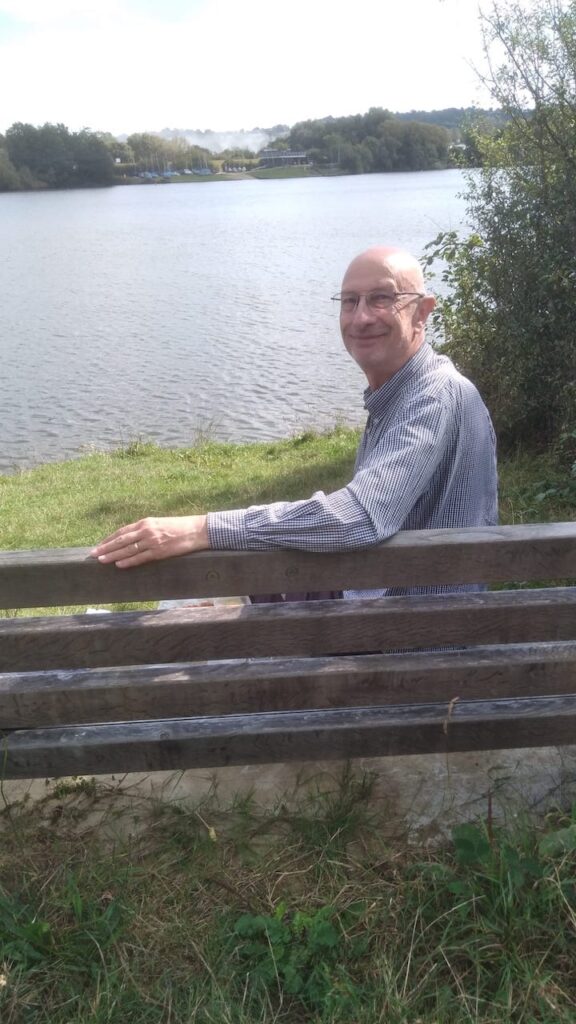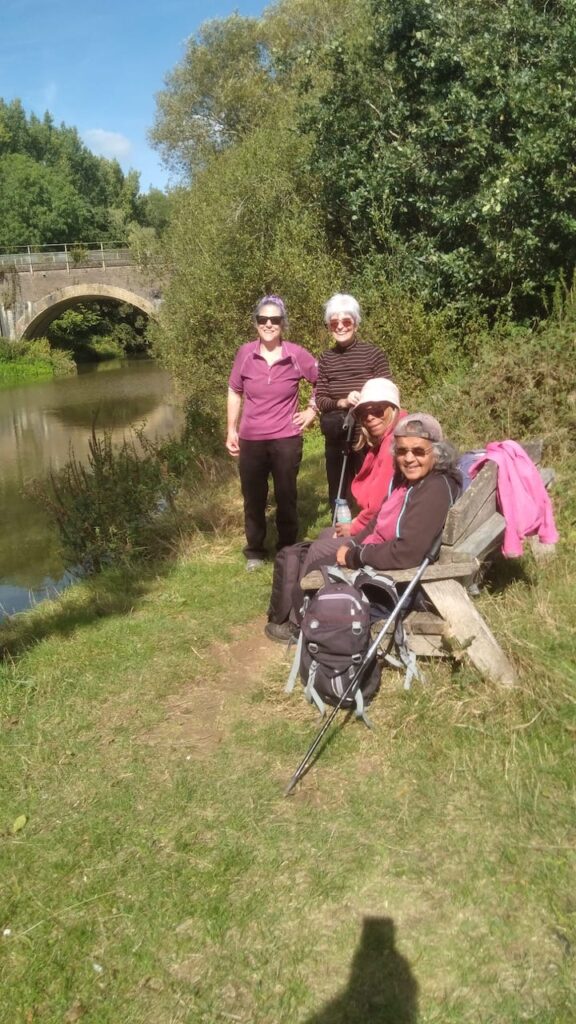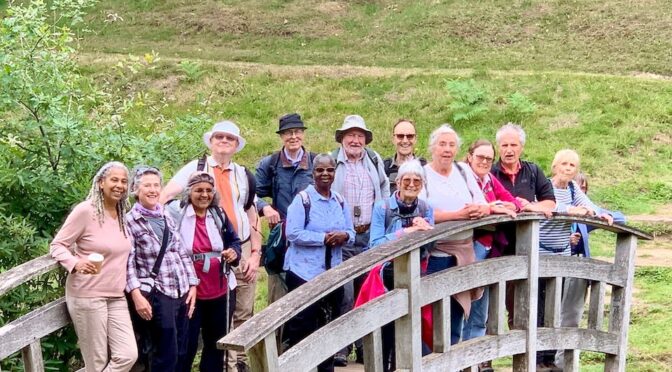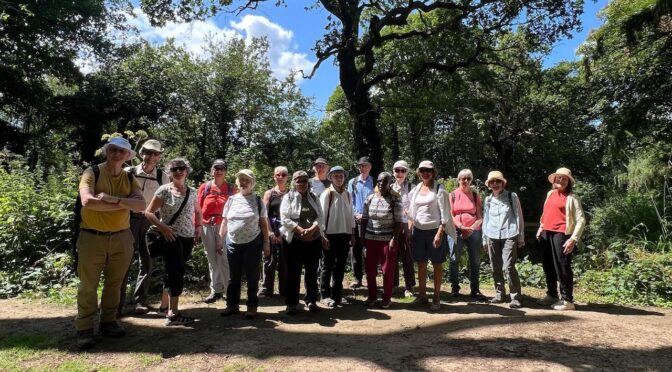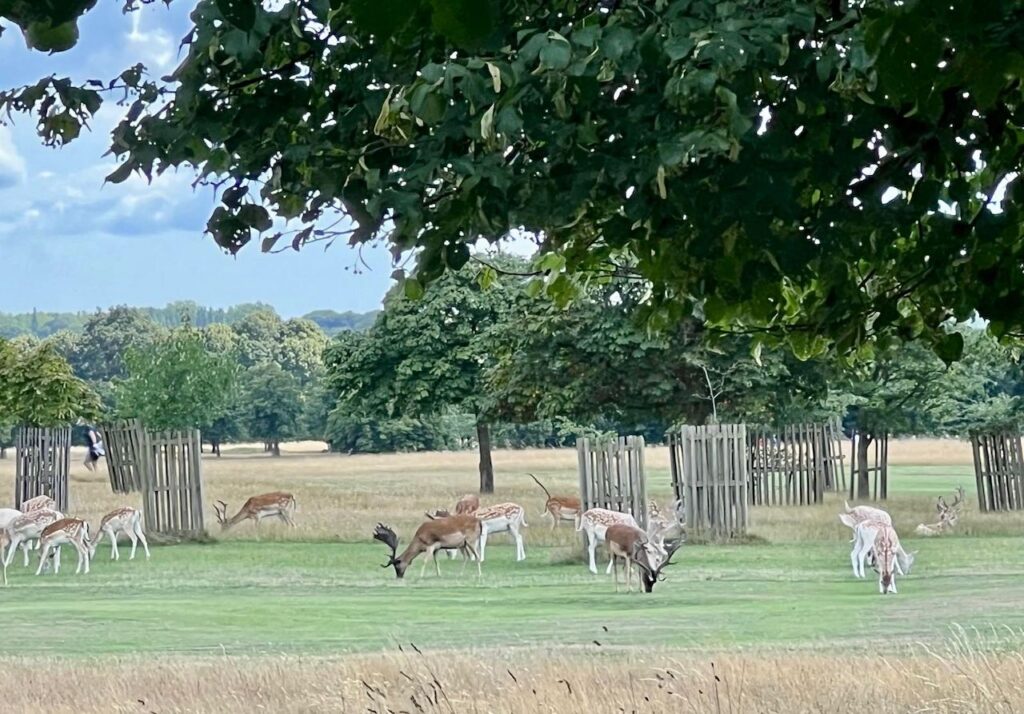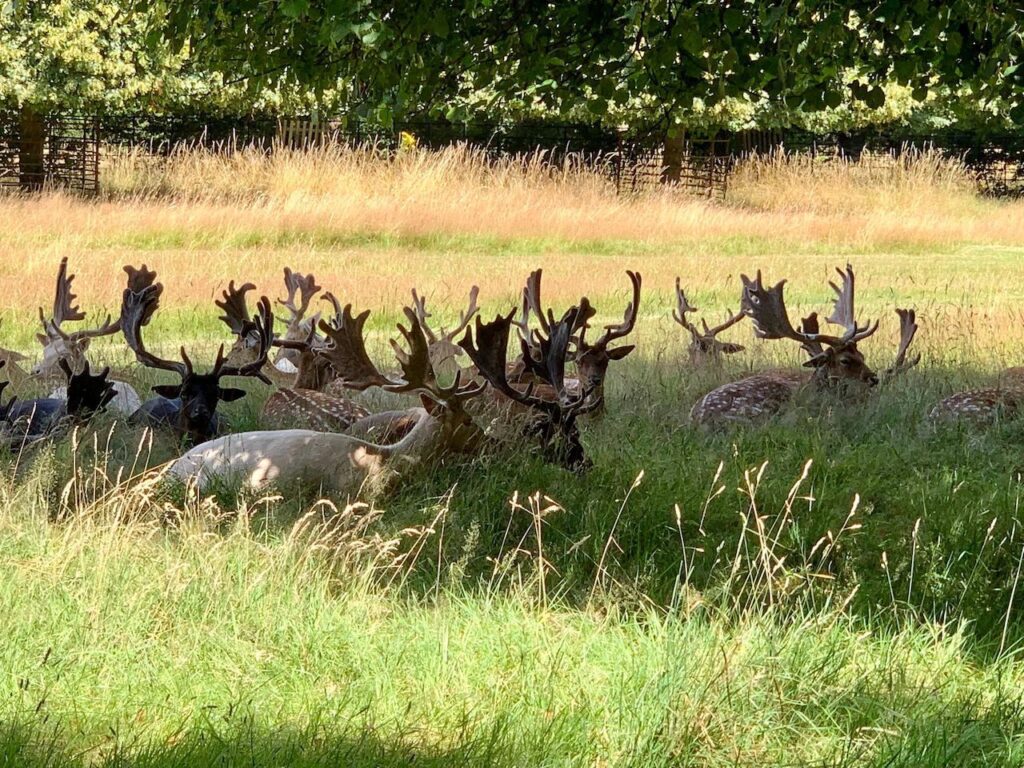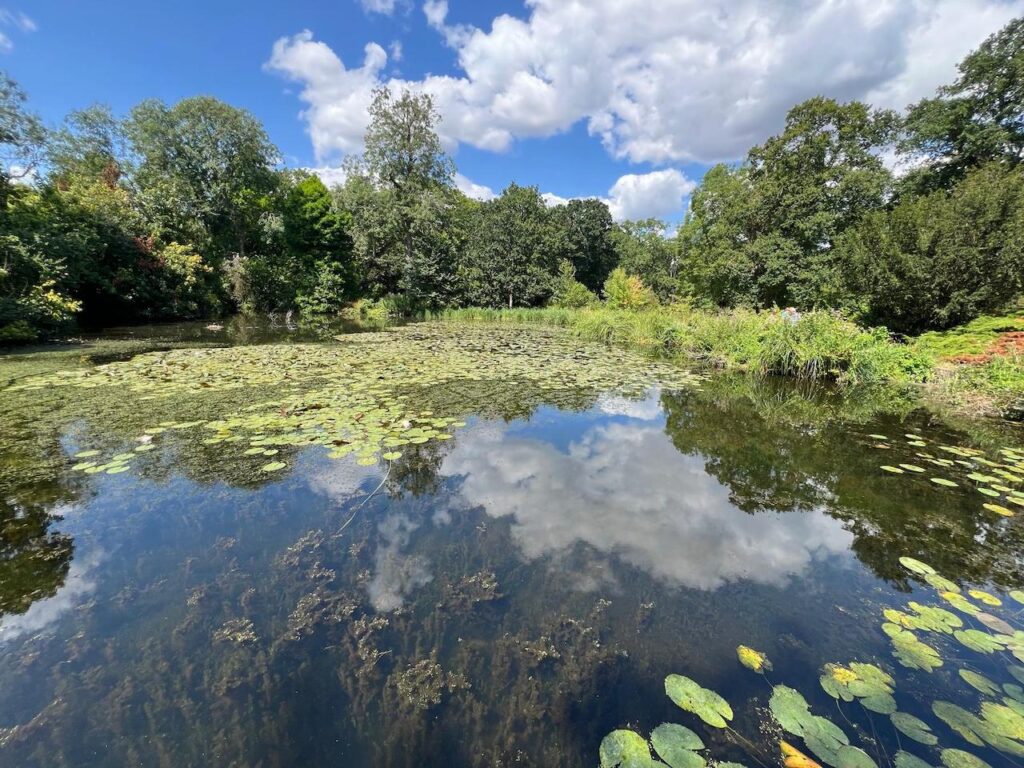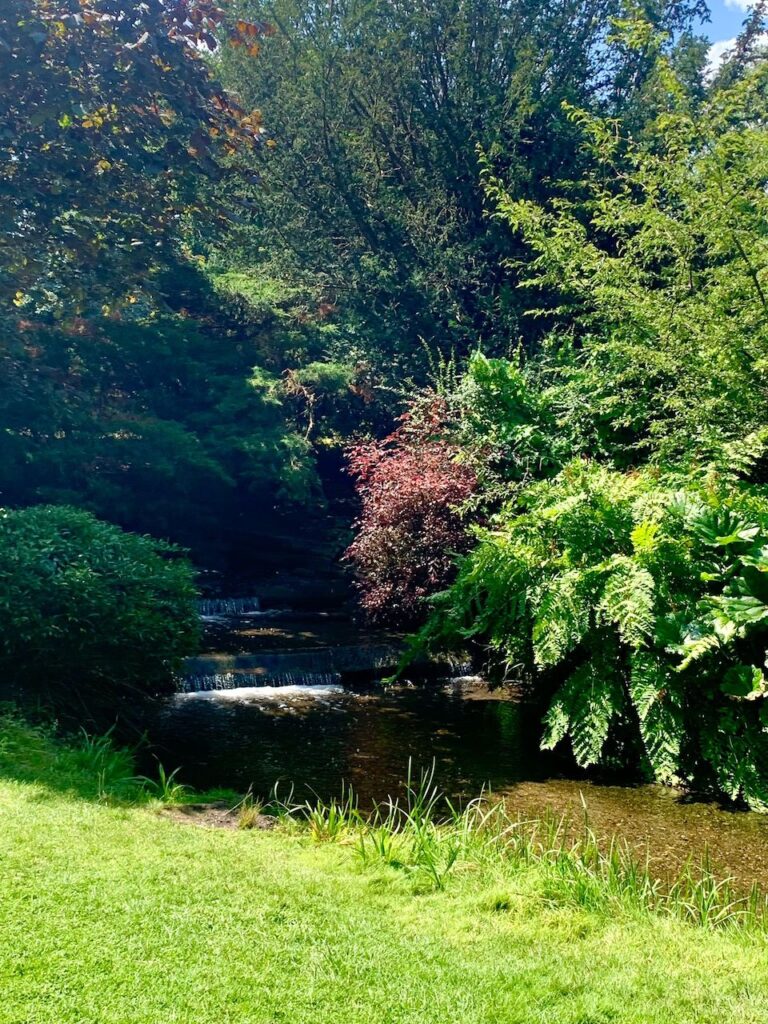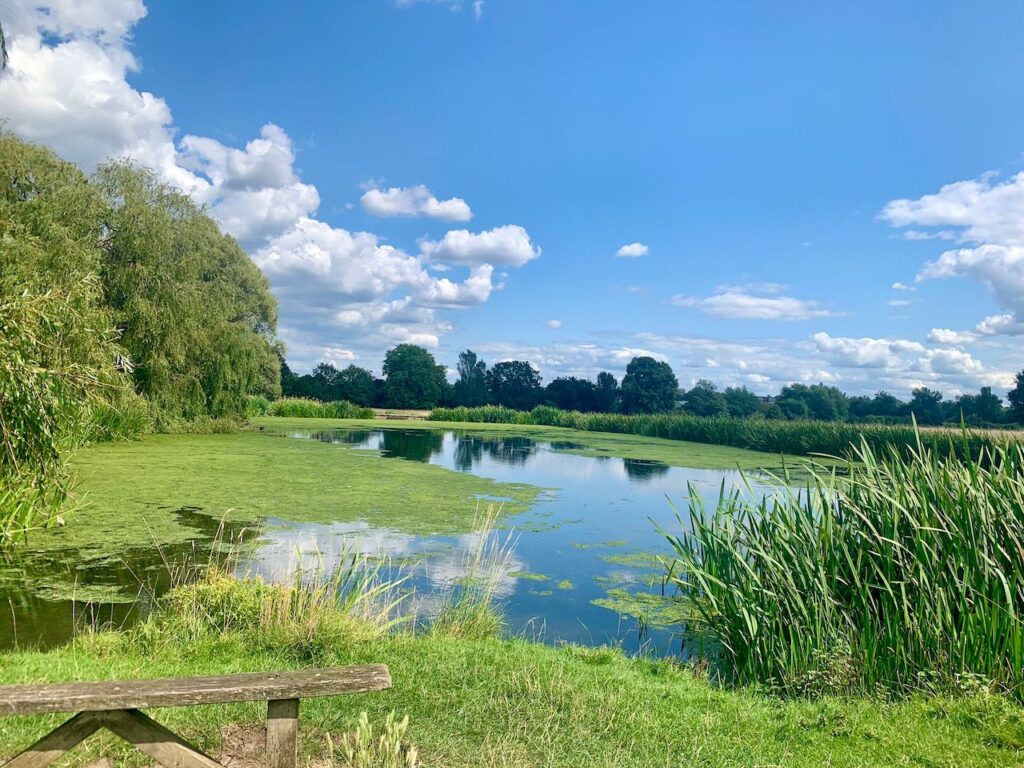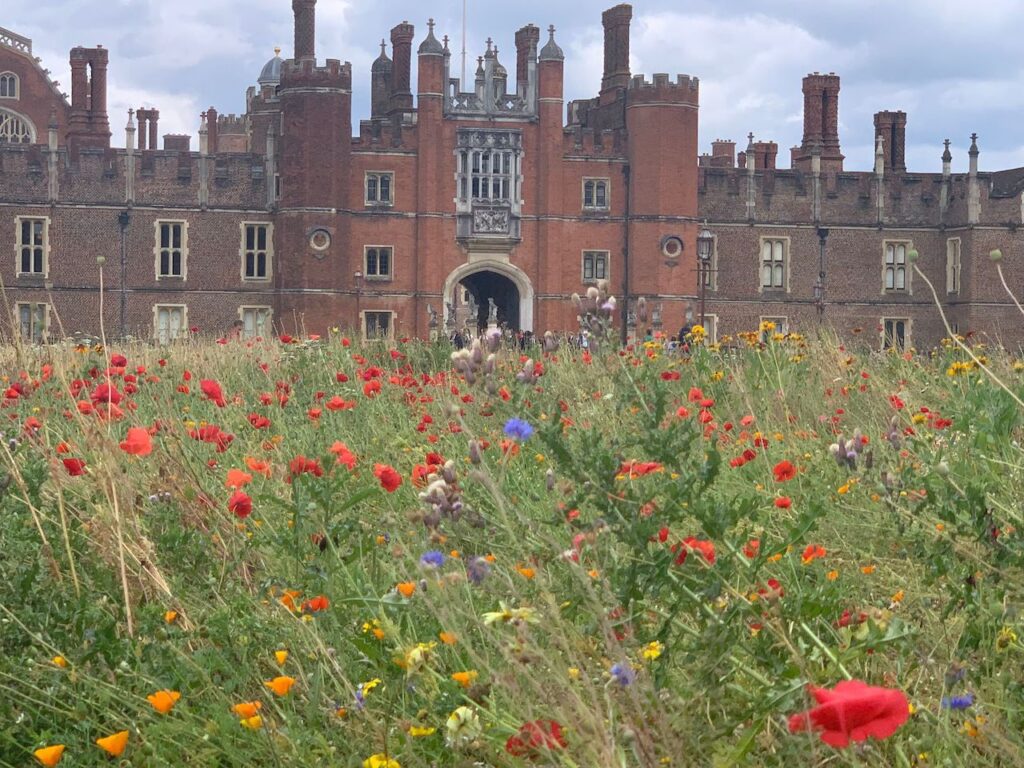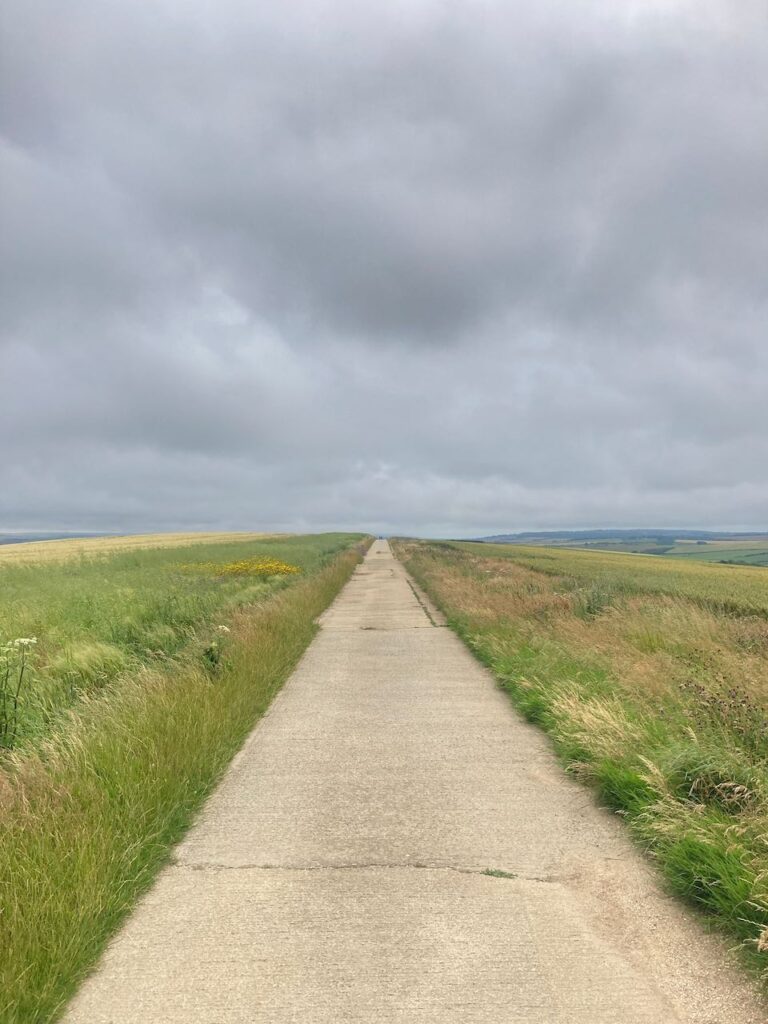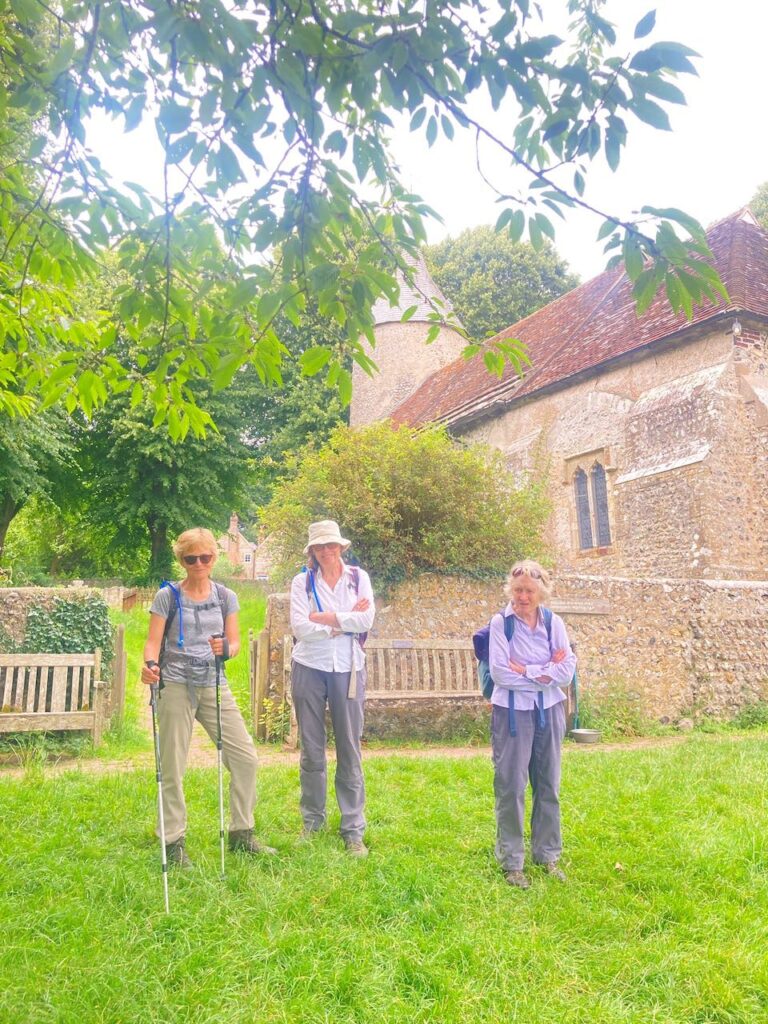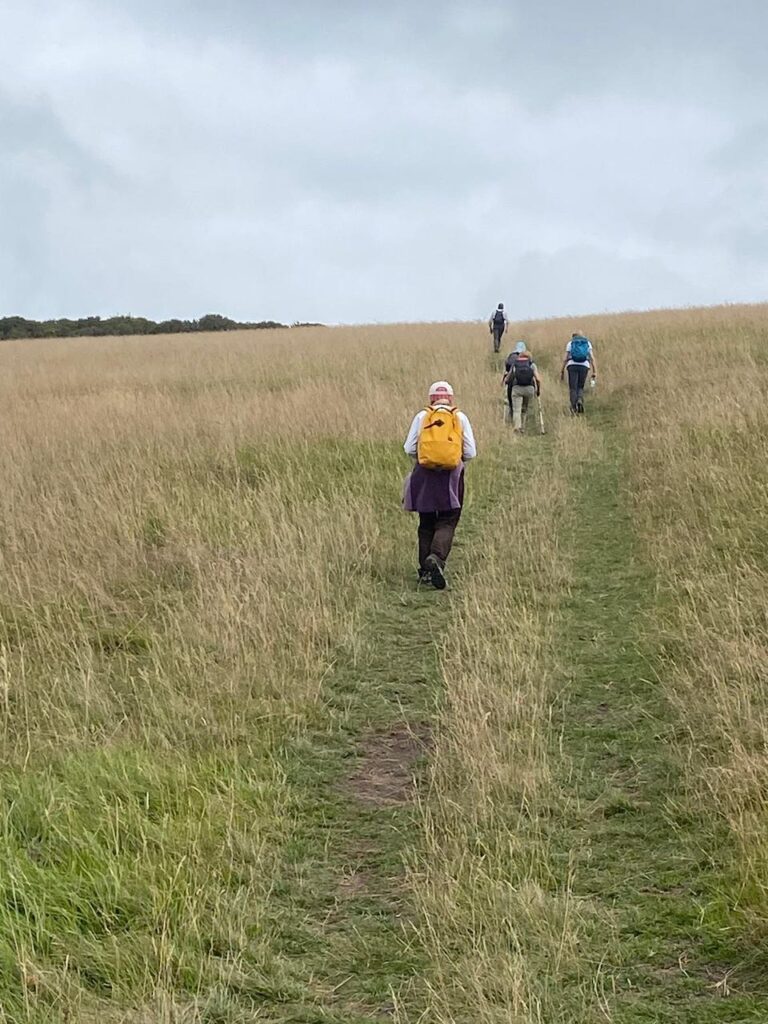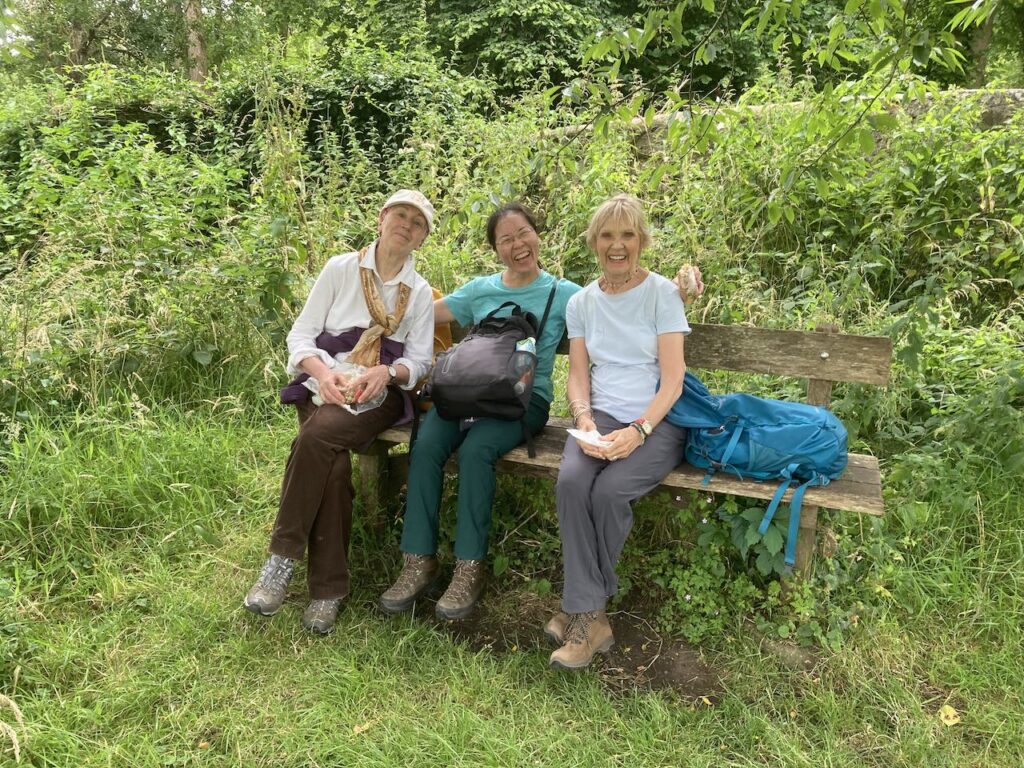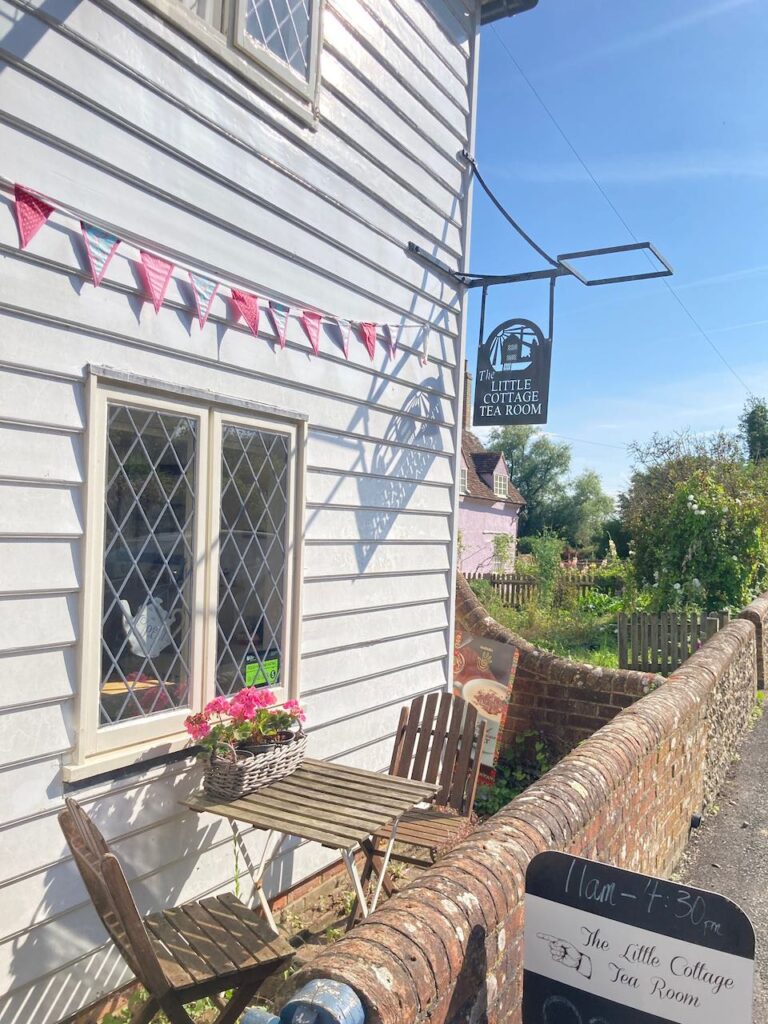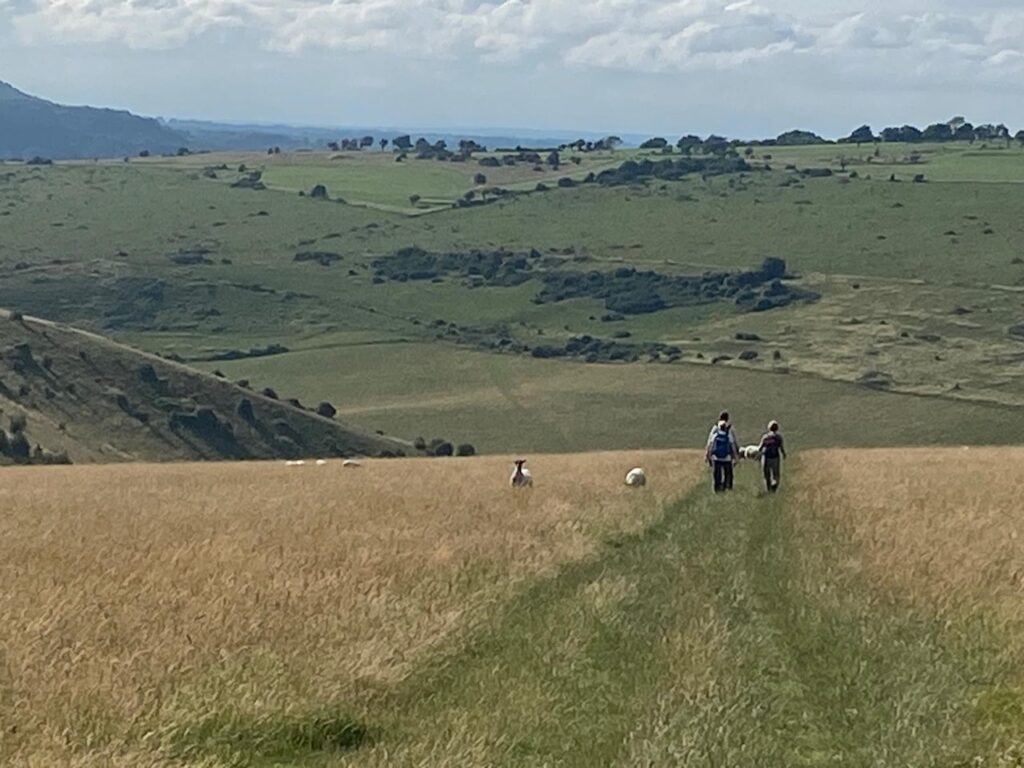Eight hardy walkers met bright and early at Marylebone Station ready to board the 09:07 train to Beaconsfield and then take the rail replacement service to Great Missenden. Unfortunately, the train had a technical fault, and was cancelled. We then boarded the 09:37 (in theory a faster service so all appeared to be going well). Once again, a technical fault prevented this train from leaving the station!
Third train lucky, Yay, we were finally on our way. On arriving at Beaconsfield, after a short wait, we boarded the rail replacement service, arriving an hour later than anticipated and met up with two more ramblers at Great Missenden Station. Thankful they waited and hoped that we would make up the time and provide a walk worth waiting for. We gave the safety briefing and walk details and finally set off with the sun on our backs.
The walk began, through Great Missenden to find the South Bucks way path leading to fields towards Cobblershill Farm. There were several school groups taking their Duke of Edinburgh award training also following some of our route.
The South Bucks way led us to Dunsmore. Walking through fields and woodland we arrived in Little Hampden, at the seat, a bench with a crown dedicated to HRH Queen Elizabeth on her Accession to the throne in 1952.
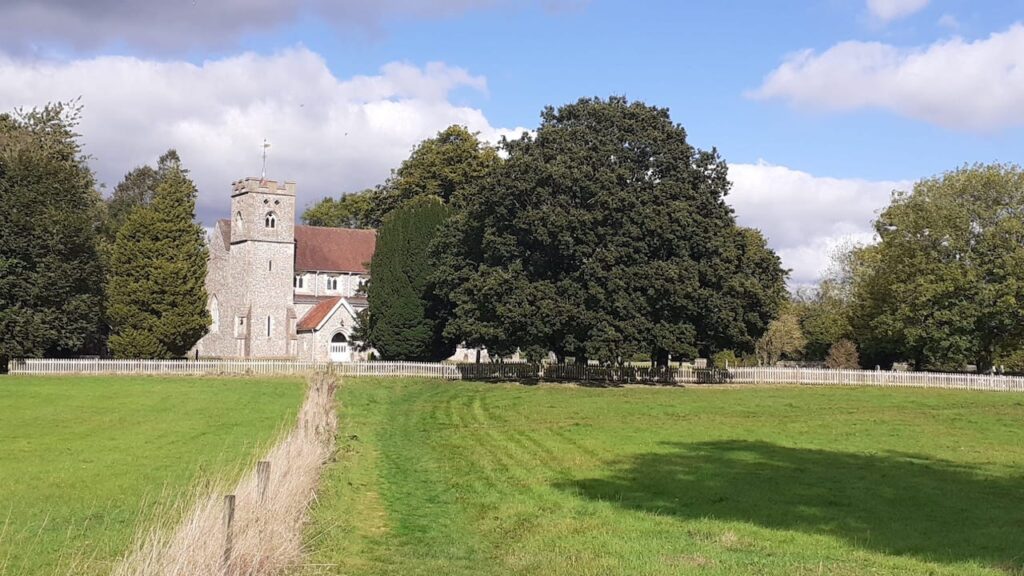
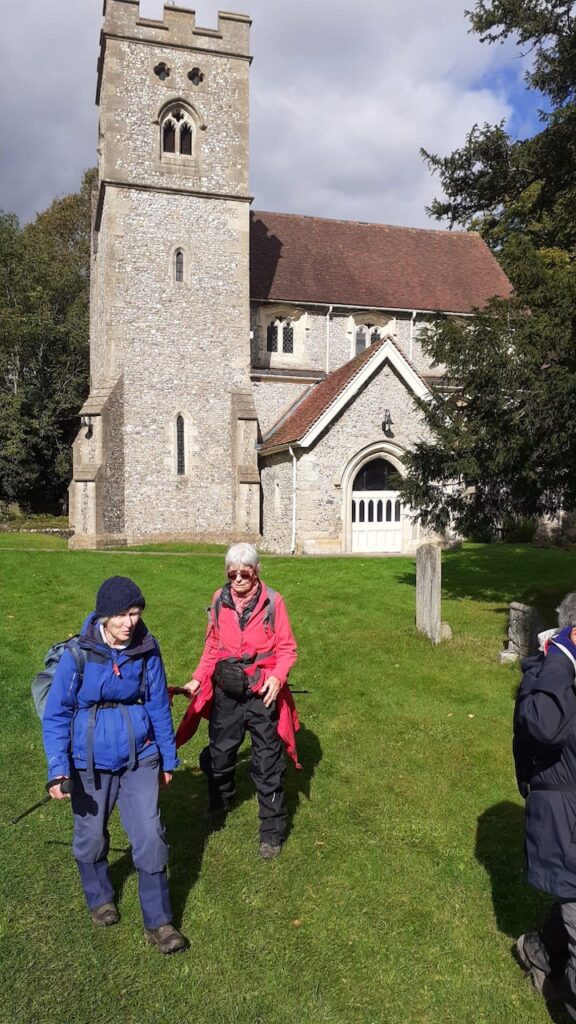
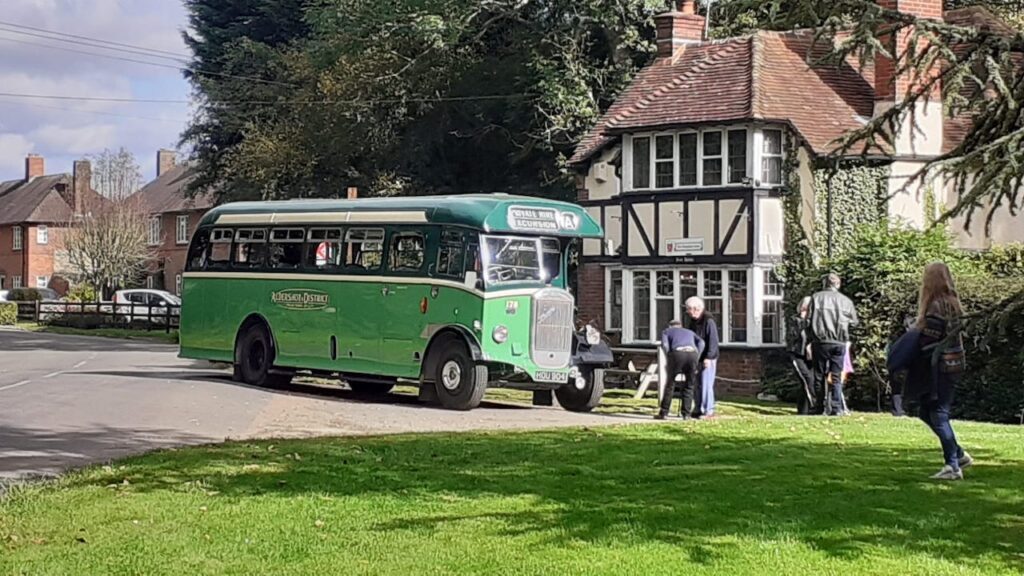
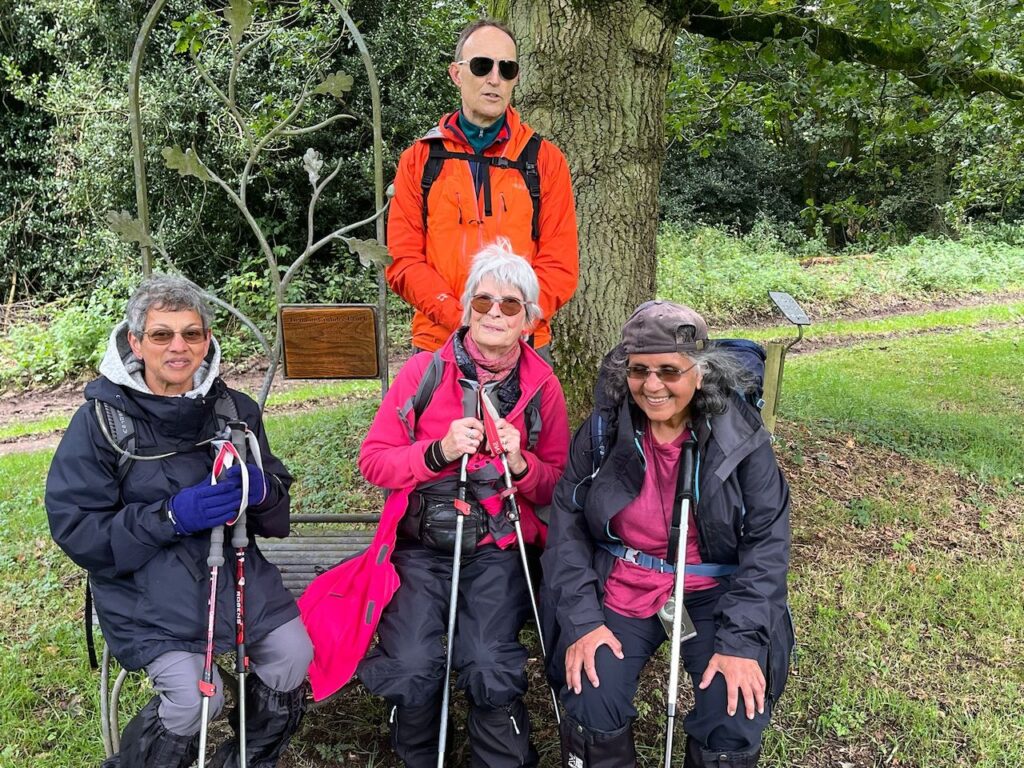
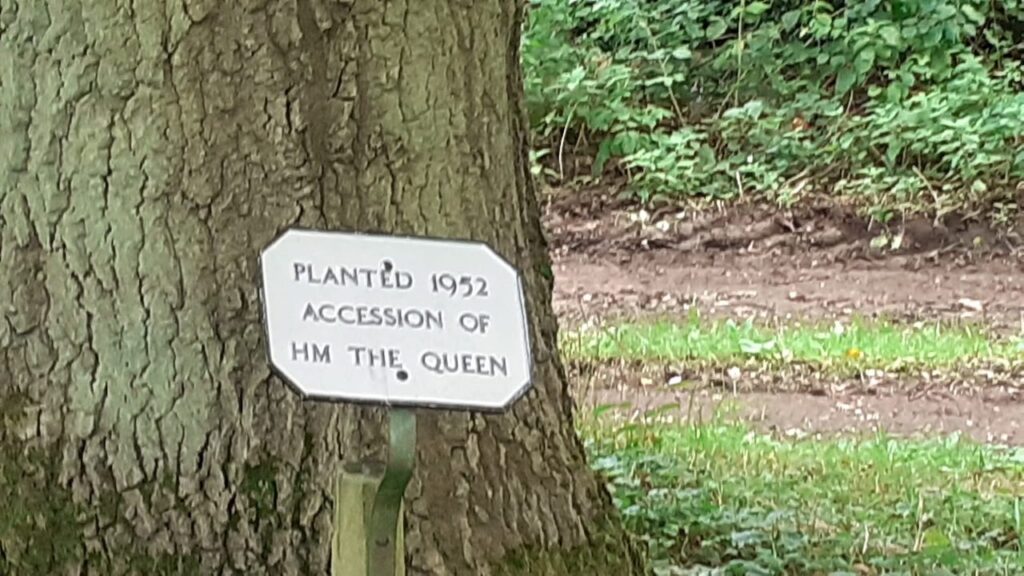
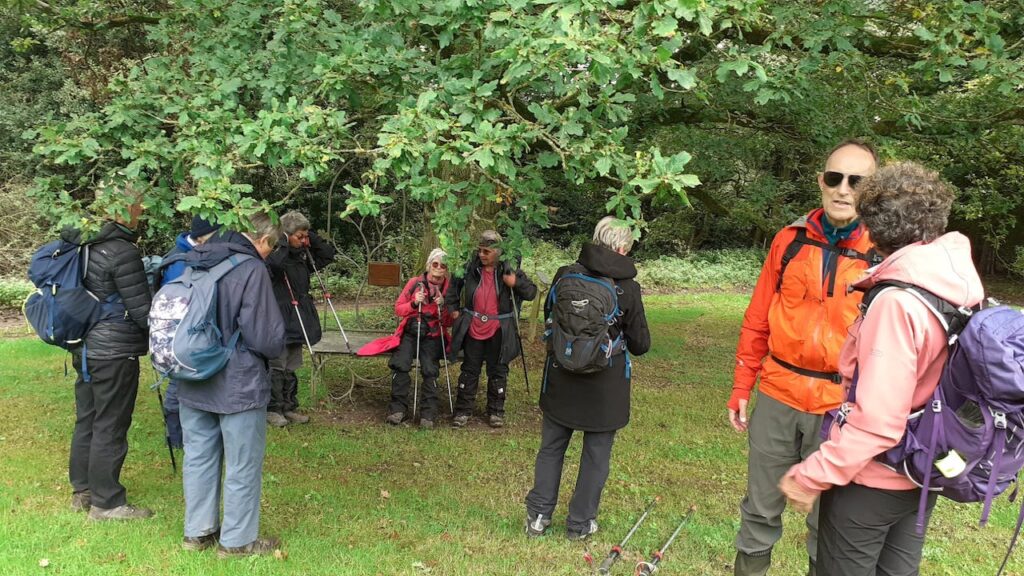
After a short water/snack break, we carried on following the Chiltern Way towards Great Hampden, Hampden House. Opposite Hampden House at the church of St. Mary Magdalene, we walked through the church yard and left by the back gate following a footpath straight ahead leading to fields. There would have been a prize to the person who guessed the breed of sheep in the field. However, the vegetation was so overgrown, following the rains that the sheep were barely visible!
The sheep had white faces and light brown woolly coats. Any suggestions?
The exit from the fields led us across to a tarmac access road leading to a crossroads and open fields. This was our lunch spot with the option to picnic in the fields or head to the Hampden Arms for refreshments.
After lunch our walk continued towards Bryant’s Bottom. Finding the path leading to Bryant’s Bottom we encounter our first stile, and the old oak tree planted to commemorate HRH Queen Elizabeth’s coronation. We continued through the common and into Great Hampden common, leaving the common via another stile. At the end of the common we turned right, into the gate marked Denner Farm, and followed the driveway, which led to another stile and into undulating fields. Crossing another field, we turned left, through a gate to a road, where we picked up a gravel track, to double gates leading to a house. Behind the house, we followed a footpath leading to a field to another highish stile, into fields with grazing horses and another gate. Once through the gate a right turn led to an overgrown narrow path., which we managed to negotiate by walking in single file, until we came to the road. Crossing the road, we accessed another gate into a field which climbed towards another gate. Through this gate a short woodland walk brought an exit into the first of three fields which eventually led to the Wycombe Road. Some residential walking followed, through Sixty Acres Road, Honor Road and Nairdwood Lane and a path to New road. Here we heard a kite whistle, looking up into the trees we saw a kite perched and then soar into the sky, beautiful & graceful. At the end of New Road, we picked up the Chiltern Heritage Trail along the verge, admiring the topiary snail and other shapes at a local house, before turning left by Andlows farm. We followed the path which led to Angling Spring Wood, keeping to the main path, walking down hill until we met the road. Here on turning right we headed downhill towards Great Missenden Station, just in time to see the rail replacement bus pull up. We said farewell to two ramblers and boarded the bus to Beaconsfield Station. Our return rail service to Marylebone was on time and thankfully uneventful.
Mission accomplished and in fine weather!
Carol
Photos by Hilary and Geoffrey

